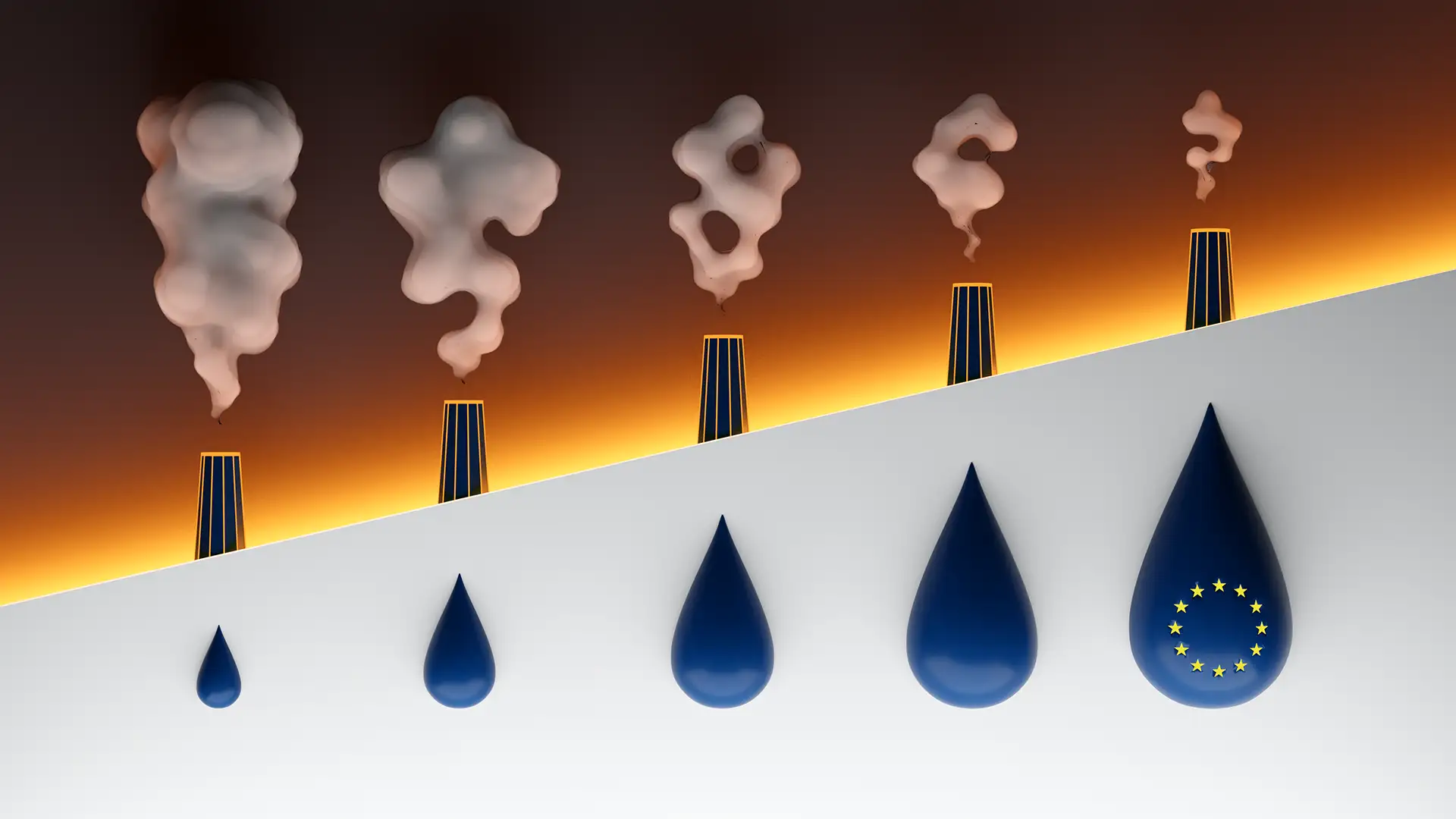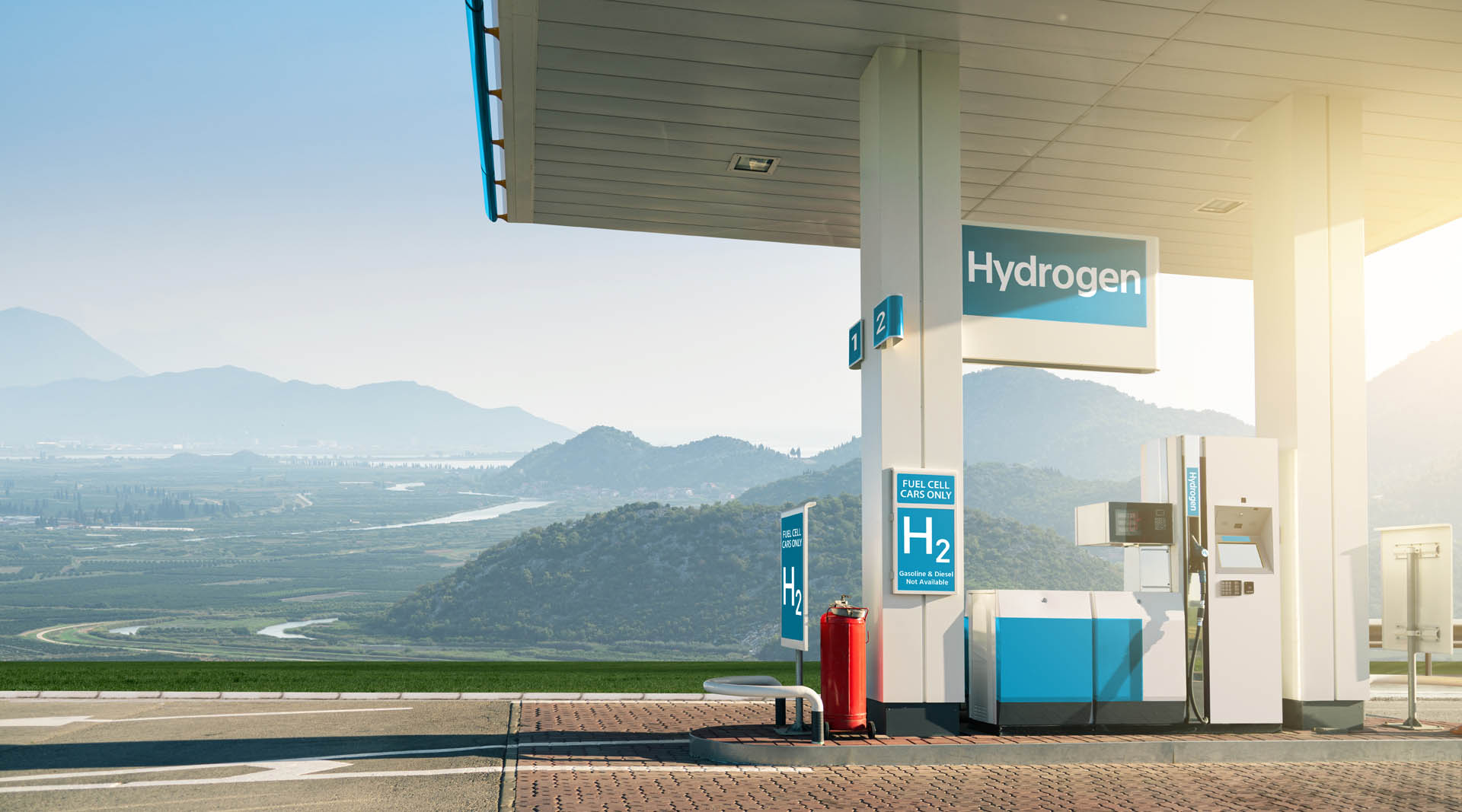As the world works to combat climate change, one of the biggest challenges will be to decarbonise industry. Hydrogen has an important role to play in these efforts, notably in the steel sector, where it is the most effective way to cut CO2.
When steelmakers use just one tonne of hydrogen in their production processes, they can save around 28 tonnes of CO2. This could have a transformative effect on carbon emissions. However, if this is to happen at the scale required, the European Union needs to create a single energy market that includes hydrogen. This would be the best way to balance out the different hydrogen arrangements across EU Member States. Due to the varied landscape of power production the hydrogen comes across the European Union with different “colours” and CO2 footprint. For example, nuclear power dominates in France, while Poland uses mainly fossil-based electricity and Germany has a mix with a highly volatile share of wind and solar.
Green hydrogen, which is hydrogen-produced fuel obtained from a low-carbon power source, will remain a scarce resource for the next few years. Green hydrogen will also require big investments in infrastructure, an upscaling of production capacity for water electrolysis and breakthrough technologies for production processes.
These endeavours can only succeed with an intelligent interplay of private-sector and government frameworks to support and promote respective investment projects – both at the national and European levels. Only then can the market be ramped up to secure larger volumes of hydrogen for the European market. So how do we get there?
Harmonised European regulation
Firstly, we need to overcome some major obstacles to the hydrogen market. The most obvious obstacle is that there is currently no EU-wide regulatory framework in place, and national regulations differ from country to country. This creates problems for the long-distance cross-border pipelines, for example, between the Netherlands and Germany, which will be needed for any effective transport of hydrogen. Furthermore, there are no uniform European technical standards for pipeline-based hydrogen transport. Many Member States in the European Union impose different limits on hydrogen blending in natural gas networks. To give an example: while the limit in Germany is 2 percent, the norm in France is 6 percent.
The priority for the EU should thus be to harmonize European regulations on network access. The good news here is that existing natural gas pipelines can be easily converted into hydrogen pipelines. However, the financing of the additional costs for the necessary conversion of the gas grid will need to be shared between all users who will benefit from the grid.
When it comes to hydrogen production, there are other angles to consider. Hydrogen prices need to be competitive to incentivise energy transition – although this could be achieved through relief from grid costs and the scrapping of levies for electrolysis electricity. Nor should a Single Market discriminate against decentralised near-site and onsite electrolysers near the main consumption points.
Multinational approaches are necessary to meet the demand
The national efforts to ramp up hydrogen are insufficient to meet current demands. In the long term, politics and industry will need to support production and transport capacities in producer countries both inside and outside Europe. Within the EU, this will involve the wind- and sun-rich countries, including the Netherlands, Portugal and Spain. Outside Europe, likely countries and regions include the Maghreb, the Middle East, Australia and others.
Hydrogen is widely recognised as one of the most promising technologies for decarbonising industry. However, it can only emerge as a real-world solution under certain conditions. The faster we scale up Europe’s hydrogen production on an industrial scale, the faster prices will fall, further incentivising adoption. Hydrogen needs to become a competitive commodity. That will only come with rapid upscaling. Achieving that scale would also secure the competitiveness of the European industry.

Technology provider for water electrolysis
At thyssenkrupp, we provide technology for water electrolysis, and our steel plant is ready to become one of the largest consumers of hydrogen. But only a single market for hydrogen will allow us to leverage the potential for green end-consumer goods like cars as well as wind turbines or generators. We believe that Europe can amplify and multiply the prospects for green hydrogen. The EU’s target of at least 40 GW of installed electrolyser capacity by 2030 is welcome. But that’s not enough. We need political action to make the Single Market for hydrogen a reality.
This means that the European Commission should address the fragmentation of hydrogen blending limits and other arrangements across EU Member States to ensure that the same rules are applied and enforced across borders. Intensified partnerships and multinational approaches will be beneficial for all of us. Single actions by individual countries would be the wrong way to go about it. Because the green transformation is a challenge for society as a whole, the success of which is linked to the success and measures of all actors – nationally and internationally. We at thyssenkrupp are ready to further engage here and hope to continue fruitful talks and first of all: future-oriented joint action.
We need to overcome some major obstacles to the hydrogen market. The most obvious obstacle is that there is currently no EU-wide regulatory framework in place, and national regulations differ from country to country.
The faster we scale up Europe’s hydrogen production on an industrial scale, the faster prices will fall, further incentivising adoption.

